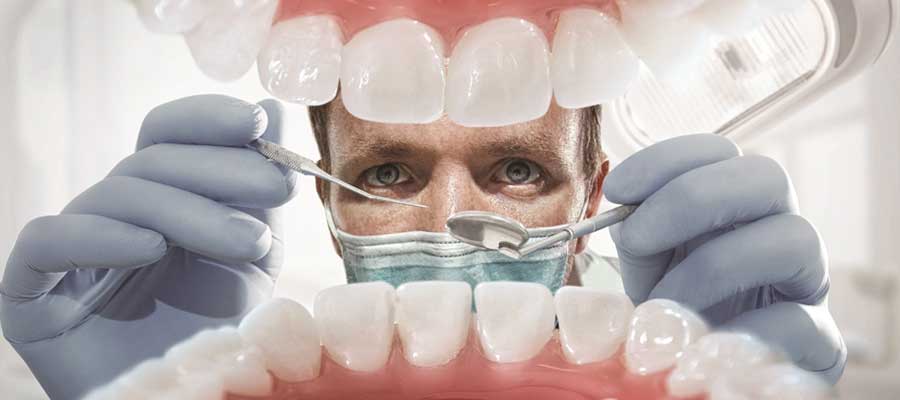The Pros And Cons Of Dental Bridges

If you have one or two missing teeth, dental bridges can offer an affordable tooth replacement option that will help you regain your smile. And while the restorative dentistry procedure is one of the best ways to replace missing teeth, several other options that are quite effective in attaining the same goal exist. That’s why you need to take the time to consider the pros and cons of the procedure to determine if it’s what you need.
Dental Bridges: What are They?
Dental bridges consist of two crowns placed on implants or abutment teeth on either side of a missing tooth/teeth and have a pontic, whose purpose is to connect the crowns and fill the gap. These dental devices can be made using a variety of materials including porcelain, porcelain-fused metals, silver, or even gold.
Dental Bridges: The Pros
Dental bridges are a great solution for replacing missing teeth and offer both aesthetic and functional correction. Function-wise, they allow patients to eat/chew normally as they fill the gap left by the missing tooth/teeth. Apart from that, they can also help people with missing teeth speak without inhibition – a missing tooth or teeth can alter the tongue’s placement affecting how the mouth makes sounds.
Aesthetically, dental bridges can serve as compensation for lost teeth. When closely matched to the teeth surrounding the missing ones, it can be hard to tell the difference – something that may help improve confidence and self-esteem in people who find it hard to interact with others due to missing teeth.
Apart from all that, these dental devices can also be beneficial to your mouth, especially when it comes to their long-term structure. Normally, gaps in the jaw cause teeth to shift and spread out; something that might lead to bite problems. When used to replace a missing tooth or teeth, a bridge can help ensure that the adjacent teeth are held in place, which helps ensure they don’t move about, something that often leads to biting problems. They also help reduce bone loss in the jaw, which helps maintain the user’s facial structure.
The reason why most people prefer dental bridges is because of how they feel in the mouth and the fact that they are easier to maintain. It generally takes a shorter time to get accustomed to bridges than it takes to get accustomed to dentures.
Dental Bridges: The Cons
However, it’s worth noting that bridges do have their drawbacks the first being that they, in some instances, may end up damaging the adjacent teeth, which hold the pontic in place, once they’ve been fitted. There’s also a risk of decay, especially if the crowns and bridge aren’t fitted well and allow bacteria and plaque to enter underneath. Moreover, a patient’s teeth structure may end up being altered following the placement of the bridge and crowns.
In some people, the supporting teeth aren’t strong enough to hold the dental bridge, something that leads to it collapsing. That leads to another problem that needs to be addressed. In severe cases, that may call for the replacement of supporting teeth with dental implants.
Category
- About Invisalign and Braces in Pembroke Pines
- About Wisdom Teeth in Pembroke Pines
- Cosmetic Dentistry in Pembroke Pines
- Dental Exams And Cleanings in Pembroke Pines
- Dentist of Pines
- Family Dentistry Services in Pembroke Pines
- Mouthguards and Similar Devices in Pembroke Pines
- Orthodontics or Dentistry in Pembroke Pines
- Pembroke Pines Dental Solutions
- Root Canal Facts & Info in Pembroke Pines

